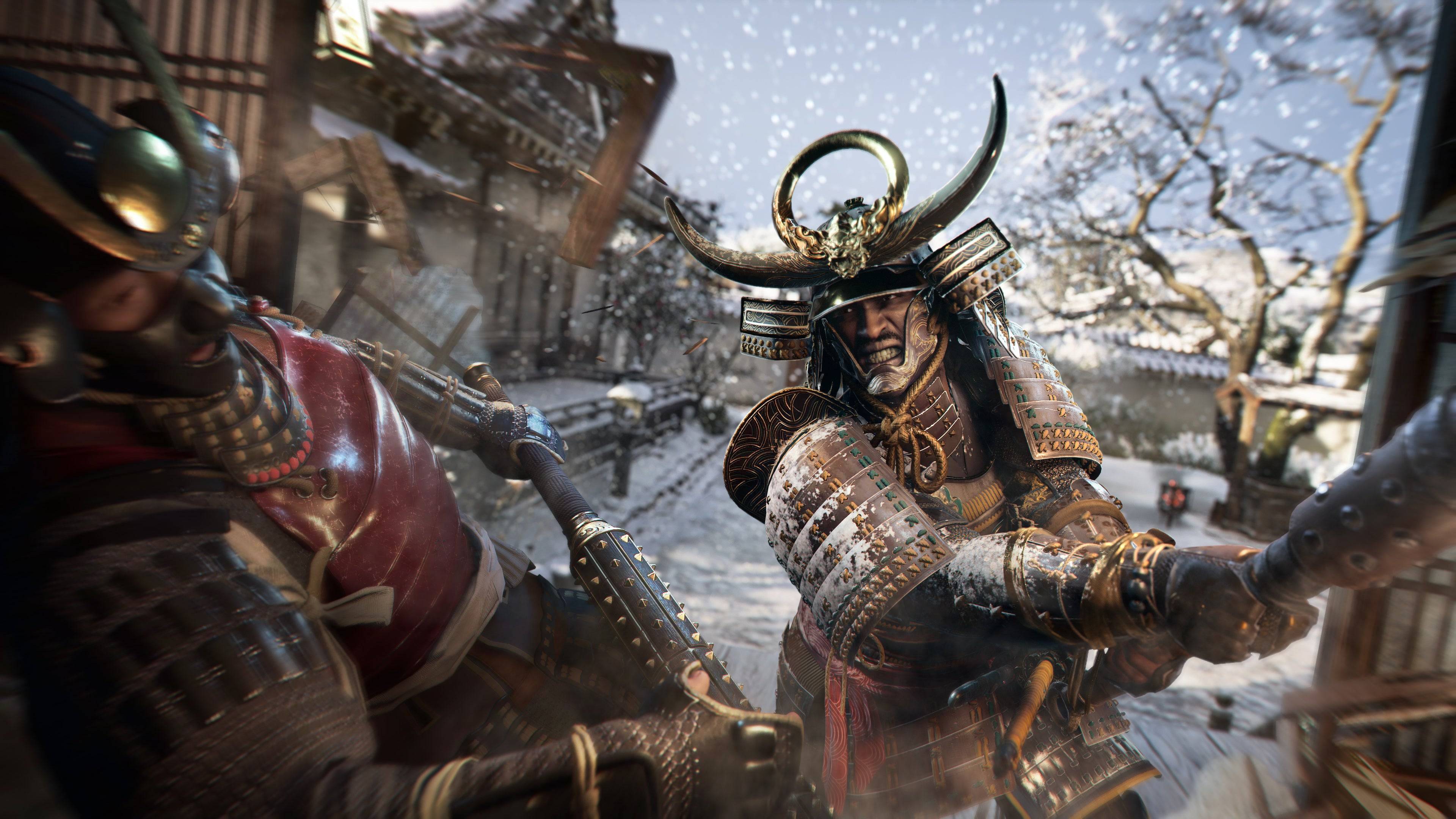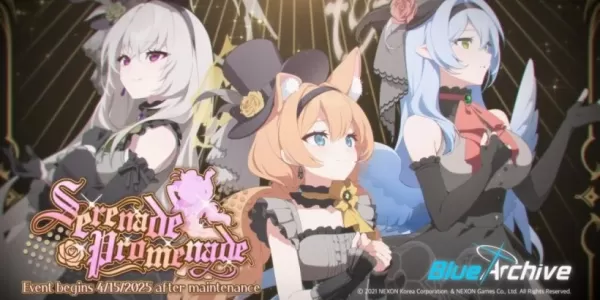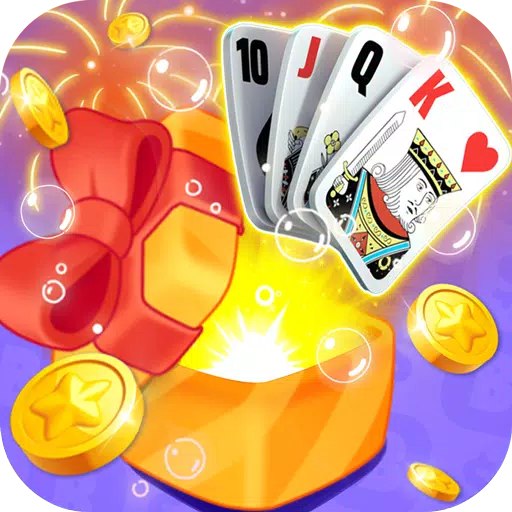![Blades of Fire Review [Demo] | Completely Un-forge-ettable!](https://img.ggppc.com/uploads/65/682728dd66604.webp)
Blades of Fire Review [Demo]
Completely Un-forge-ettable!
![Blades of Fire Review [Demo] | Completely Un-forge-ettable!](https://img.ggppc.com/uploads/29/682728df7be09.webp)
Have you ever backed out of a decision at the last moment, only to find it was the right choice? As someone prone to impulsiveness and indecision, this is a familiar scenario for me. However, in the case of Blades of Fire, my initial hesitation nearly led me to miss out on a game that I've come to deeply appreciate. What began as a lackluster demo transformed into a unique and compelling single-player RPG experience that the genre has been eagerly awaiting.
Yes, I'm basing this on a demo, but bear with me through this review, and you'll understand how my initial disinterest turned into eager anticipation for the full release. Let's dive into the details and see what makes Blades of Fire so unforgettable.
No Ashen Ones or Unkindled Here—Just A Humble Blacksmith!
![Blades of Fire Review [Demo] | Completely Un-forge-ettable!](https://img.ggppc.com/uploads/68/682728e194c65.webp)
We start with the game's introduction, which, candidly, is its weakest point. The opening sequence feels underwhelming, but it's important to recognize the potential that lies ahead. The game introduces us to Aran de Lira, a blacksmith in a secluded forest, who hears a cry for help and rushes to the rescue with an iron axe. He saves a young Apprentice but fails to save the Abbot they were traveling with. Aran then brings the survivor back to safety, and that's where the demo begins.
The introduction lacks the cinematic flair and detailed storytelling that many modern games provide. It's a straightforward drop into the action, which might feel jarring but sets the stage for the hands-on experience that follows.
![Blades of Fire Review [Demo] | Completely Un-forge-ettable!](https://img.ggppc.com/uploads/99/682728e3c9f8b.webp)
The combat system is introduced next, and it's a departure from the typical hack-and-slash mechanics. Blades of Fire adopts a directional combat system similar to For Honor, allowing players to strike from various angles with both light and heavy attacks. Initially, this felt clunky and unnecessary, especially since enemies don't block directionally. However, as the game progresses, the combat system reveals its depth and strategy.
![Blades of Fire Review [Demo] | Completely Un-forge-ettable!](https://img.ggppc.com/uploads/76/682728e63fd56.webp)
Post-tutorial, the game introduces different damage types—blunt, pierce, and slash—which interact differently with enemy armor. A color-coded targeting system helps players understand which weapons to use against specific enemies. The combat loop becomes engaging, not through flashy animations, but through the strategic interplay of its systems. It's a refreshing take on combat that feels grounded and realistic, appealing to those with an interest in medieval weaponry.
![Blades of Fire Review [Demo] | Completely Un-forge-ettable!](https://img.ggppc.com/uploads/20/682728e8525ca.webp)
The game's attention to detail in combat and armor interaction elevates it beyond a typical fantasy RPG. It's a system that rewards players who understand the nuances of medieval combat, making it a standout feature that promises to keep players engaged and learning.
No Weapon Drops Here Either—You Gotta Make Your Own!
![Blades of Fire Review [Demo] | Completely Un-forge-ettable!](https://img.ggppc.com/uploads/86/682728e9e4855.webp)
Blades of Fire offers a unique weapon crafting system that sets it apart from other games. Unlike Monster Hunter, where players craft weapons from monster parts, here you gather basic materials to forge realistic melee weapons. The crafting process is as detailed and engaging as one might expect from a game centered around blacksmithing.
![Blades of Fire Review [Demo] | Completely Un-forge-ettable!](https://img.ggppc.com/uploads/00/682728ec0ba43.webp)
The crafting begins at your divine forge, introduced during the tutorial. You start by designing your weapon, choosing every detail from the shape of the spearhead to the materials used for each component. Whether crafting a spear or a sword, you'll decide on the cross-guard, pommel, and even mix materials into custom alloys to fine-tune the weapon's performance. This isn't just cosmetic; every choice impacts the weapon's stats and effectiveness, allowing players to tailor their arsenal to their combat style and the enemies they face.
![Blades of Fire Review [Demo] | Completely Un-forge-ettable!](https://img.ggppc.com/uploads/46/682728eda2f14.webp)
The forging minigame, while initially confusing and poorly explained, captures the essence of real-world blacksmithing. Players must use sliders to shape the metal into the desired form, with each strike affecting the outcome. It's a challenging yet rewarding system that encourages mastery and precision.
![Blades of Fire Review [Demo] | Completely Un-forge-ettable!](https://img.ggppc.com/uploads/63/682728efaeb50.webp)
Once you've mastered the crafting process, the game allows you to save your best creations as templates, making future crafting sessions more efficient. This feature rewards players for their dedication and skill, adding a layer of depth to the crafting experience.
New Blueprints, Weapons as Checkpoints, and Weapon Altars
![Blades of Fire Review [Demo] | Completely Un-forge-ettable!](https://img.ggppc.com/uploads/83/682728f200d33.webp)
In Blades of Fire, traditional loot is replaced by new blueprints, materials, and parts that you can use at the forge. The game offers multiple ways to acquire these resources. Defeating different enemy types unlocks the ability to craft their weapons, encouraging players to engage with the game's variety of foes. Enemies respawn at your anvil, which serves as a checkpoint similar to Dark Souls' bonfires.
![Blades of Fire Review [Demo] | Completely Un-forge-ettable!](https://img.ggppc.com/uploads/80/682728f40a7d6.webp)
The anvil is not just a checkpoint but also a hub for weapon recycling, repair, and crafting. It's a central point for managing your arsenal and resources.
![Blades of Fire Review [Demo] | Completely Un-forge-ettable!](https://img.ggppc.com/uploads/64/682728f59dbbe.webp)
Weapon Altars provide another method to unlock new components. These wooden sculptures depict warriors with specific weapons, and interacting with them while wielding the same weapon unlocks new parts, encouraging experimentation and repeated crafting.
![Blades of Fire Review [Demo] | Completely Un-forge-ettable!](https://img.ggppc.com/uploads/74/682728f79c286.webp)
The game's death mechanic is unique: upon dying, you drop your equipped weapon, which you must retrieve. If you die again before reclaiming it, the weapon is lost permanently. This system creates a compelling loop of forging, fighting, and retrieving, adding tension and strategy to the gameplay.
God Awful Voice-Acting with Unfinished World-Building
![Blades of Fire Review [Demo] | Completely Un-forge-ettable!](https://img.ggppc.com/uploads/75/682728f9b007e.webp)
Unfortunately, not all aspects of Blades of Fire improve over the demo's runtime. The voice acting is notably poor, with issues ranging from recording quality to delivery. The casting choices, particularly for the Abbot's apprentice, leave much to be desired.
![Blades of Fire Review [Demo] | Completely Un-forge-ettable!](https://img.ggppc.com/uploads/72/682728fb2639e.webp)
The world-building also falls short, with a lot of exposition but little payoff. The narrative feels disconnected and lacks the depth needed to keep players invested. While it's a demo, and some leniency is expected, the story needs significant improvement in the full release to match the game's other strengths.
Not A Game For First Impressions
![Blades of Fire Review [Demo] | Completely Un-forge-ettable!](https://img.ggppc.com/uploads/77/682728fcb02b9.webp)
Blades of Fire's demo suggests that the full game will require patience and an open mind. It's a game about taking raw potential and crafting it into something extraordinary. The demo showcases innovative mechanics alongside areas that need refinement, indicating a game with the potential to become a standout title.
While it may not be the crown jewel of 2025, Blades of Fire is a game that promises a memorable and engaging experience for those willing to invest the time and effort.
Game8 Reviews








